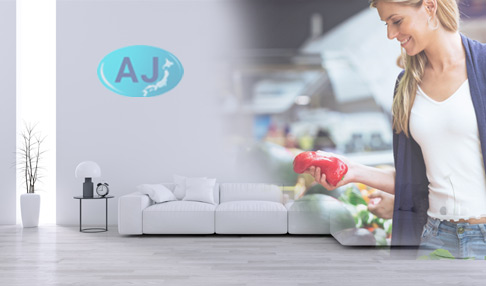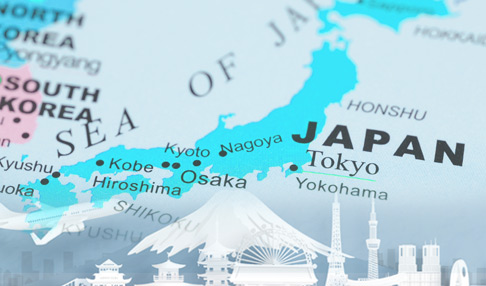Earthquake-proof your Home: A Simple Safety Checklist
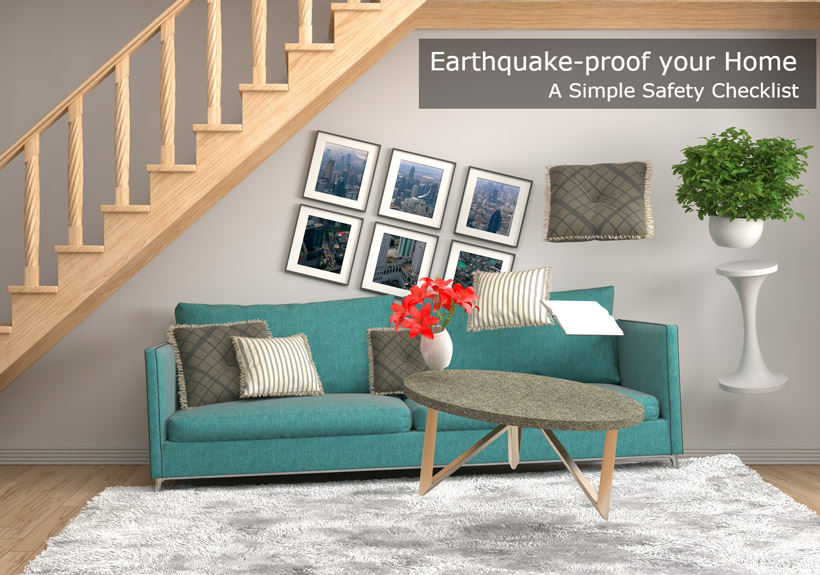
With a tremor occurring in Japan every five minutes, it’s never too early to get your home earthquake-ready to ensure minimum damage and maximum chances of survival. If you come from a country that doesn’t suffer from earthquakes so frequently, here are some basic and common-sense indoor safety measures that are simple to follow yet effective, and it won’t cost you an arm or a leg - unlike not taking any preventive earthquake safety measures! Here’s a simple checklist to help you to safely and simply earthquake-proof your home.
How to Earthquake-Proof your Home Right Now
1) Avoid Blocking your Exits
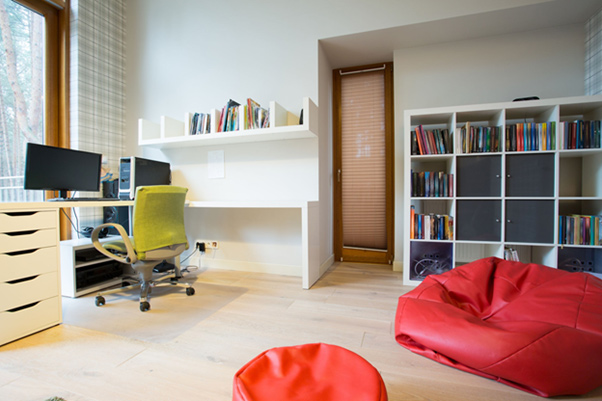
The first thing to remember when attempting to earthquake-proof your home is that large furniture or machinery are prone to being danger zones. This makes the kitchen or living room one of the most potentially hazardous areas during a major quake, if you imagine the refrigerator or shelves crashing down or the microwave, pots, dishes, flower vases and even knives flying out of their places and towards you. So you want to make sure that your cabinets and refrigerator are placed such that in the event that they topple over, your exit won’t be blocked.
2) Place Glassware and Cutlery Carefully
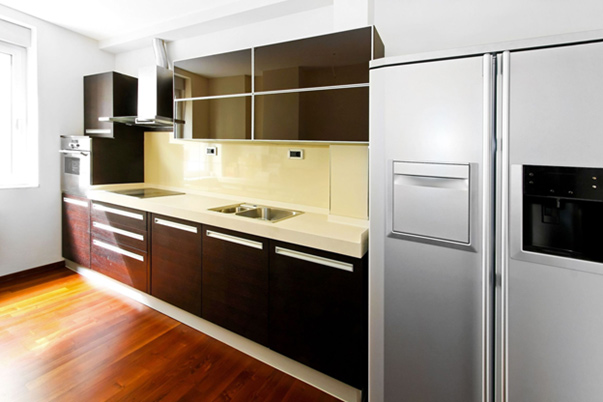
Dishes, glassware and other breakable cutlery should be kept in lower cabinets. If that isn’t possible, do make sure to close the cabinets firmly to prevent glassware from falling out during a quake. The same applies for drawers, etc. that might contain hard or sharp objects.
3) Put Artwork, Mirrors and Other Dangerous Objects in Low Places
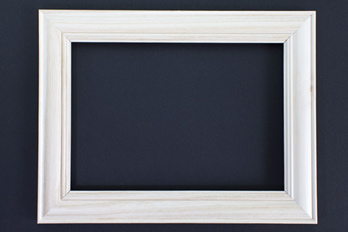
Finally, you shouldn’t have any shelves or heavy artwork located right above your bed that may cause serious injury to your head should the object or its contents fall off onto you. Mirrors should also not be placed in high places as they will shatter easily when displaced.
These 3 simple measures to ensure your path of exit and that nothing heavy or sharp will come flying your way in the event of a serious tremor can be done without any additional cost. Of course, other than strategic placing, there are further indoor earthquake safety measures you can take to physically secure your furniture and earthquake-proof your home.
Further Indoor Earthquake Safety Measures
1) Secure Cabinets and Doors

To successfully earthquake-proof your home, sometimes it’s not enough simply to close doors. Cabinets storing breakables or in high places can be secured using latches or clasps - the same can be applied to your bedroom closets. The windows and other glass surfaces in every room can be covered with a sheet of protective film that will prevent broken glass from shattering all over the place.
2) Drill Fasteners to Secure your Furniture

Another highly recommended measure to earthquake-proof your home is to secure your furniture using L-shaped metal fasteners that you can drill and screw into your furniture and walls.
3) Place Tension Poles

If you prefer not to drill holes or if your landlord prevents any modifications to the walls, you can place tension pole fasteners firmly between your large furniture, such as refrigerators, cabinets or shelves, and the ceiling to keep them in place in the event of a quake.
4) Secure Tables, Chairs, Cabinets and Flowerpots
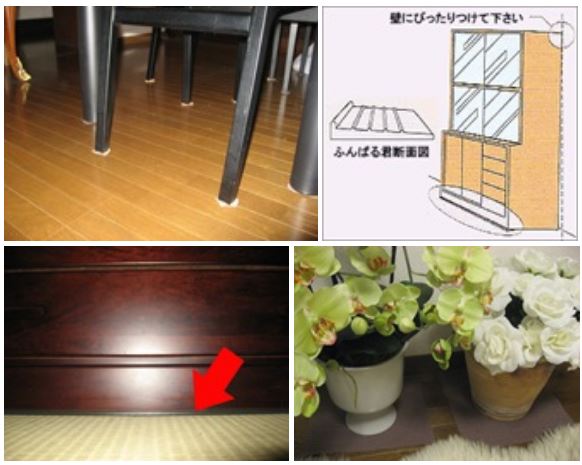
Other indoor earthquake safety measures include securing other shorter cabinets, tables, chairs and even your bed using anti-slip leg covers or wheel fasteners for furniture that come on wheel casters. Anti-slip mats and anti-fall devices can also be placed below furniture or flower pots that have no wheels or legs. If possible, storage cases throughout the house should be secured to the wall in some way.
5) Secure Lamps
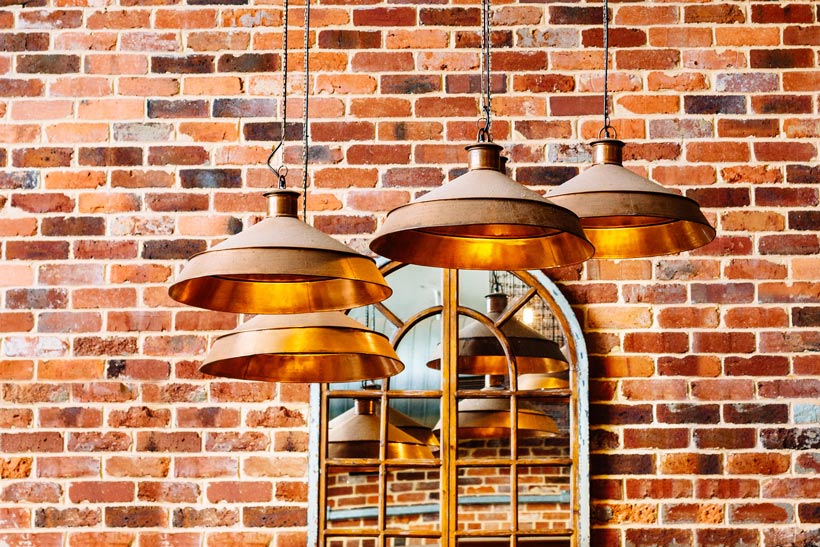
When thinking about how to best earthquake-proof your home, don’t forget that threats don’t just come from objects around you - they may also come from above. If you have hanging lamps, it is worth securing your lamps with chains or wires to prevent them from shaking violently and shattering in the event of a major quake.
6) Stabilize Electronics, etc.
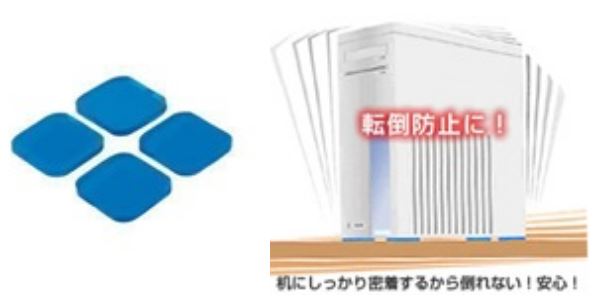
For heavy and potentially dangerous electronics like television sets or microwaves, there is the option of fasteners that connect these items to the wall. If you’d rather not do that, you may also place anti-slip gel sheets or pads underneath them.
7) Emergency Kit
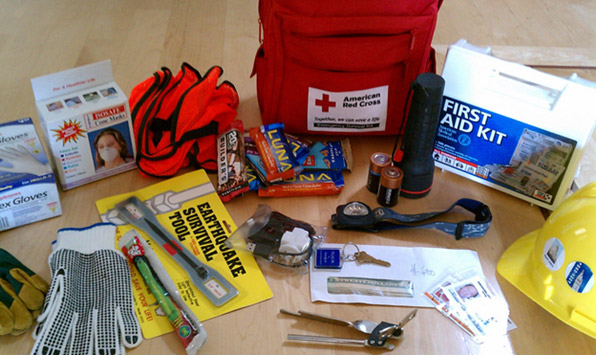
Last but not least, you will also want to have an earthquake emergency kit with all your important documents and food with a long shelf-life, along with a radio so that you can keep connected with the latest news and to be able to survive for awhile on supplies. We have a detailed article on what exactly to include in your emergency survival kit - in terms of indoor earthquake safety measures, the most important thing to remember is to keep your kit in an easily-accessible location so that you can quickly pick it up in the event of a disaster.
8) Enroll in an Insurance Plan
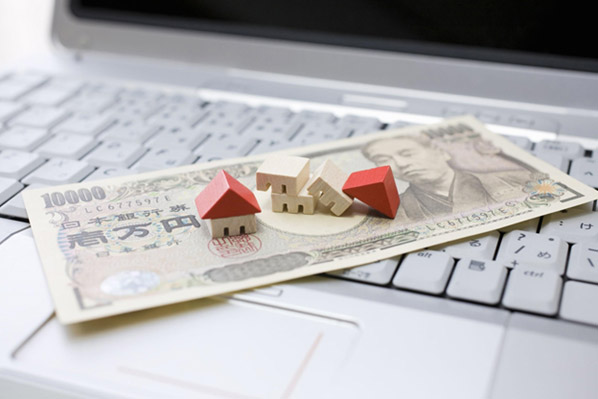
While it is impossible to anticipate every scenario, having insurance is one way to be one step ahead and help ensure the recovery of your home in the event of a disaster.
Earthquake-proof Your Home While You Can
If you haven’t taken any of the above preparatory steps to earthquake-proof your home yet, it is never too early, and you don’t want to be too late.
For a wide range of earthquake and disaster supplies, visit one of the following one-stop shops in Tokyo for a wide range of supplies and the latest disaster prevention tools and even gourmet emergency food items.




